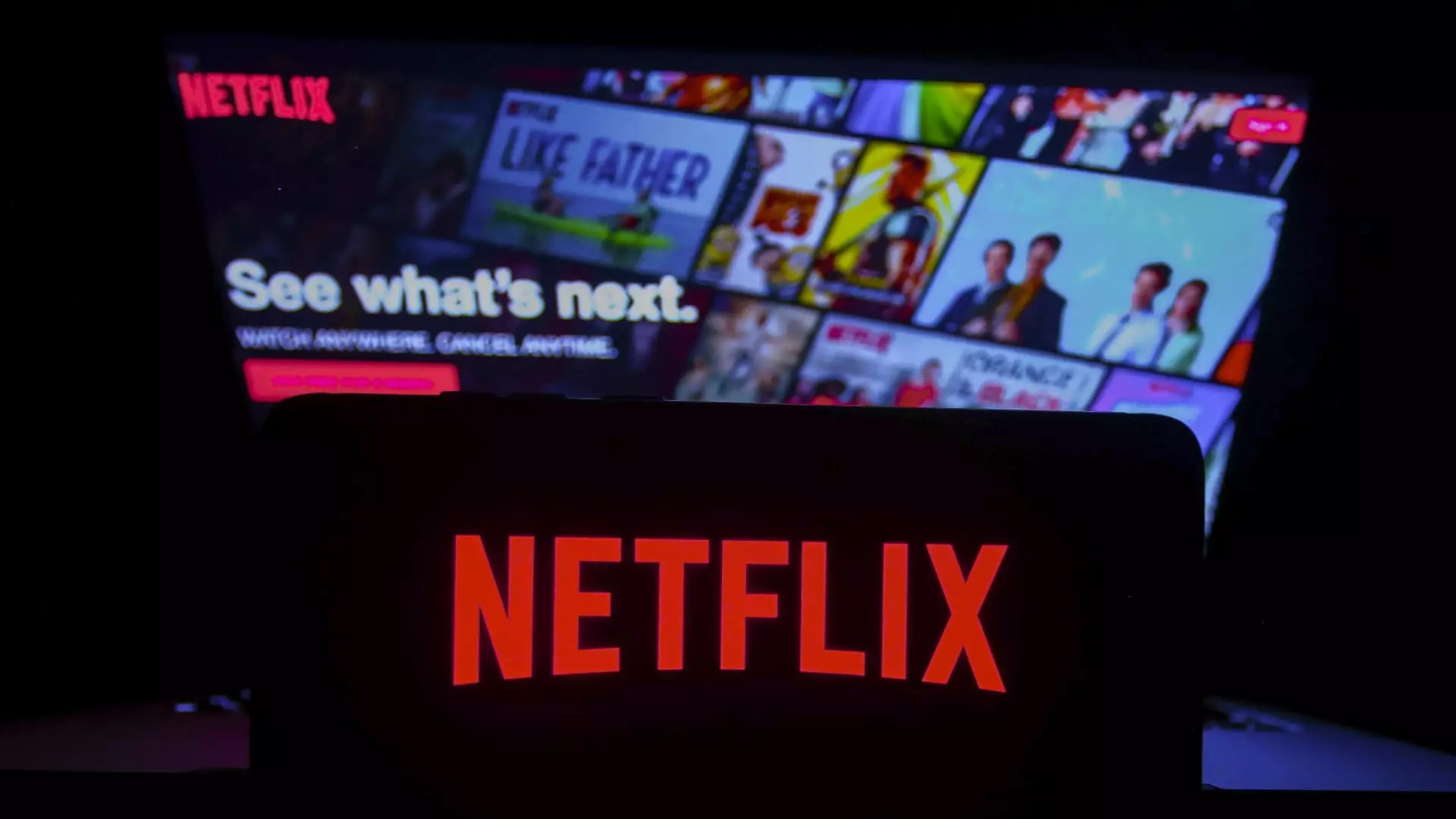For years, Netflix has been heralded as the undisputed king of streaming—its vast library, innovative marketing, and original content transforming it into a cultural phenomenon. Yet, beneath this seemingly unstoppable façade lies a fragile foundation. As industry veterans like Tom Rogers warn, Netflix’s dominance might be more illusionary than invincible. While the company remains profitable and holds a significant share of the audience, the narrative of continuous growth is rapidly unraveling. The metrics reveal a disconcerting trend: steady declines in average engagement per user and a rising tide of competition threaten to erode what once seemed unassailable. Relying solely on past success masks the brewing storm—an increasingly crowded landscape where free content providers like YouTube capitalize on technological advances and shifting consumer preferences.
Engagement Erosion and the Illusion of Triumph
Netflix’s recent quarterly report, glowing with financial figures and optimistic guidance, might seem reassuring at first glance. However, behind the scenes, a more troubling indicator lurks. Growth in subscriber numbers is plateauing, or even contracting, in some markets, while viewers are spending less time per session. This decline in engagement is critical because, in the streaming economy, attention drives revenue—not just subscriber counts. The more viewers lose interest or diversify their attention elsewhere, the less compelling Netflix becomes as a platform capable of justifying premium pricing or funding new, innovative content deployments.
Moreover, viewing statistics show a competitive landscape where YouTube commands a larger share of daily content consumption. Despite Netflix’s impressive hit shows, the sheer volume of content on free, ad-supported platforms dilutes viewer loyalty. This migration of attention directly undermines the arguments that Netflix’s premium content alone can sustain its dominance. Instead, it suggests a broader shift: audiences are seeking not just curated storytelling but endless, accessible, and often free entertainment.
Artificial Intelligence: A Double-Edged Sword
In the midst of this turbulence, AI emerges as both a potential savior and a new nemesis. Netflix’s approach to AI—embraced as a tool to narrowly target advertising and optimize programming—could indeed cut costs and sharpen viewer recommendations. Yet, this technological advantage is not guaranteed to hold unless it evolves swiftly amidst rising competition. At the same time, AI democratizes content creation, empowering amateur creators to produce high-quality visuals and narratives that rival professionally crafted shows. This blurring of lines fundamentally changes the game. YouTube, already benefiting from this democratization, stands poised to attract viewers seeking authenticity and variety that traditional platforms struggle to emulate.
The proliferation of AI-powered content on platforms like YouTube hints at a future where the distinction between professional and amateur may become obsolete. Such a landscape threatens to undermine Netflix’s premium branding, which relies heavily on exclusive, high-production-value content. If consumers find equally engaging, professionally produced content elsewhere—often for free—the platform’s value proposition diminishes.
The Awakening Reality for Investors and Industry Leaders
Despite these concerns, some industry insiders remain cautiously optimistic about Netflix’s resilience. The company’s position as the most valuable in the media sphere is not easily shaken, even as its stock falters slightly. Yet, a nuanced perspective must acknowledge that this resilience is less about inevitability and more about strategic adaptability. As competition intensifies, the traditional model of streaming — centered on exclusive content and subscription revenue — faces unprecedented challenges from free, AI-empowered platforms.
If Netflix cannot swiftly innovate or redefine viewer engagement in this new age, it risks becoming an outdated titan, overshadowed by newer, smarter, and more accessible forms of entertainment. The core lesson here is clear: in a rapidly changing digital world, today’s dominance can swiftly become tomorrow’s relic without constant reinvention. The industry is at a crossroads, and Netflix’s next move will determine if it can evolve or if it will succumb to the relentless tide of technological democratization and mounting competition.

